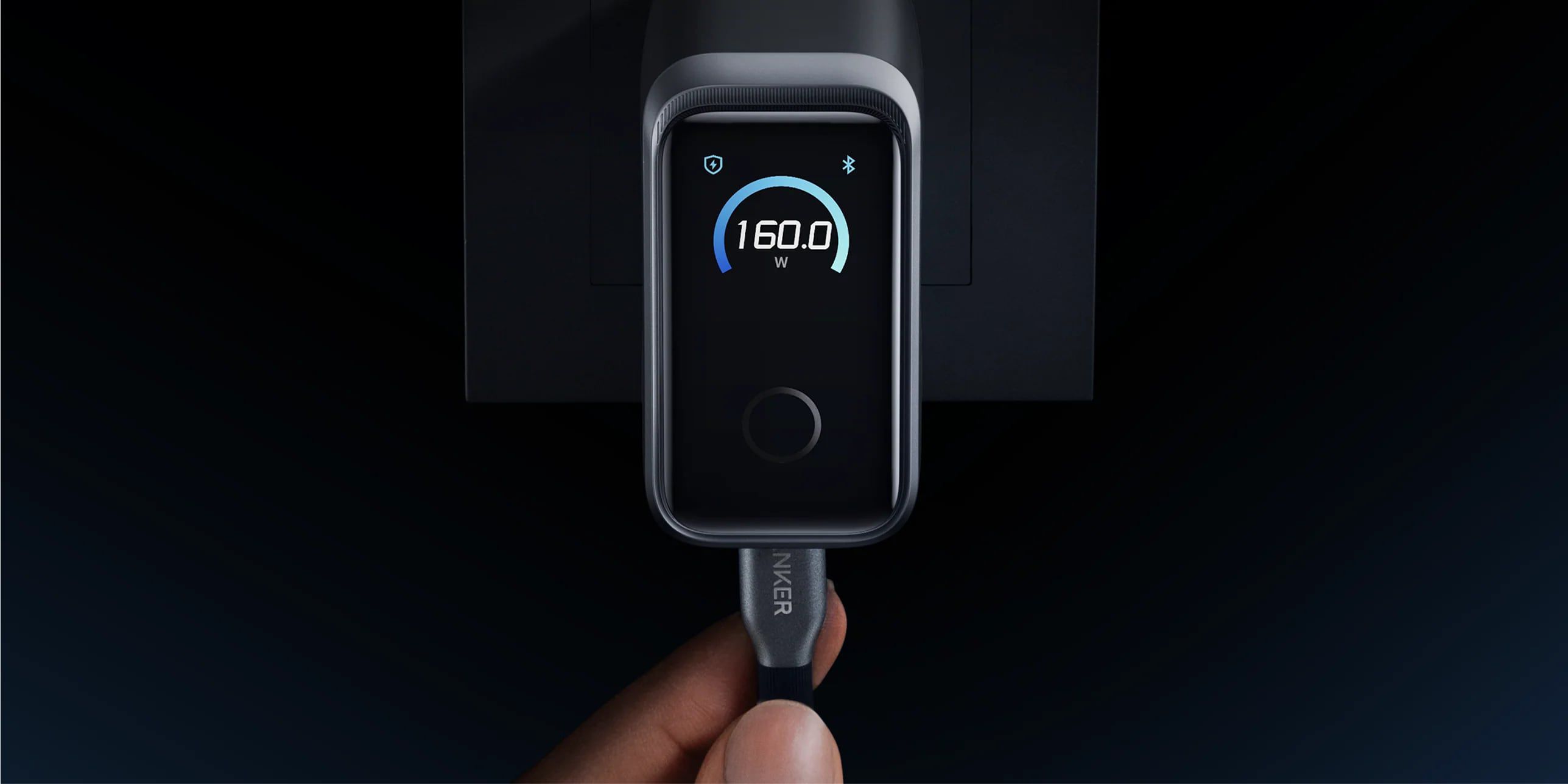Philips Hue has announced the biggest revamp of its smart lighting line in years, introducing lower-cost lights, support for Matter over Thread, and a new generation of brighter light strips. The update includes the launch of a new Essentials line, motion-sensing technology across all Hue lights, and what the company calls the “brightest and best light strip money can buy.”
Philips Hue is well known for high-quality smart lights that are super expensive but super reliable, thanks to its mature Zigbee network. Now, the Dutch lighting company, owned by Signify, is looking to more directly compete with its increasing number of budget rivals, such as Govee and Tapo, as well as mid-tier competition from Nanoleaf, Lifx, and even sister company Wiz.
Each Hue Essentials bulb costs $25, or as low as $15 per bulb when you buy a multipack — less than half the price of its flagship color-changing bulbs, which start at $60 each. Announced at the IFA 2025 tech show in Berlin, the shift is Hue’s most aggressive attempt yet to broaden its appeal.
The Essentials line features a simplified selection of white and color ambiance lights, including an A19/E27 60-watt equivalent bulb, BR30 downlights, GU10 spotlights, and two light strips. These differ from Hue’s higher-end lights in that they don’t dim as deeply (2 percent compared to 0.2), are less energy efficient, and aren’t guaranteed to match the color accuracy of earlier Hue lights.
However, despite the lowered specs, the bulbs will still meet the company’s high-quality standards, according to Philips Hue CTO and founder George Yianni. “They still have very good color accuracy, they just won’t have that guarantee of color matching across generations,” he told The Verge.
Yianni points out that Hue’s premium lights are designed to maintain precise color point reproduction across generations. “If you buy a bulb today and pair it with one you bought 10 years ago, they’ll produce the exact color match, which is not something you find on most of our competitors.”
This level of precision makes Hue products more complex to produce, contributing to their higher cost. The company is maintaining this quality level on the flagship line — which is also getting a refresh starting with a new, more energy-efficient A19 bulb — and calling the color tech ChromaSync to differentiate it from the Essentials.
In all other respects, the Essentials will function exactly the same as their more expensive counterparts. They work with a Hue bridge over Zigbee, connect to Amazon Alexa, Apple Home, and Google Home for voice control, and act as motion sensors as part of the new Hue MotionAware technology, when paired with Hue’s new Bridge Pro ($89.99 / €89.99).
A direct embrace of Matter
All new Hue bulbs will also support Matter-over-Thread, allowing them to pair directly with Matter ecosystems, including Apple Home, Google Home, and Amazon Alexa, without requiring a Hue Bridge.
Adding Thread doesn’t signal Hue’s move away from Zigbee; Yianni says it’s being added for consumer choice. “We’re keeping the Hue ecosystem in Zigbee because it just performs better. Thread is wonderful from an interoperability perspective, but we’d have to downgrade the performance and reliability of the core network if we moved to it fully.” Features like dynamic lighting scenes, entertainment lighting that syncs with content on your TV, and Hue MotionAware are only available when connected through one of Hue’s bridges.
“Thread gives people the choice, as the hardware is not locked to our ecosystem,” says Yianni. “If they want a system just to control Hue lighting, our Bridge is a good option. If you want a network that supports a diverse range of device types from various manufacturers, opt for Matter. Or do both, add the bulbs to our ecosystem and bridge them into Matter.”
Hue is also revamping its light strip line and bringing the prices down here, too, while also improving the quality. The new OmniGlow Strip Light is a stunning white and color gradient light strip (starting at $140), the company’s first to feature completely uniform light, eliminating the “spottiness” typically seen on light strips due to gaps between the LEDs.
Yianni says the company is using a high density of tiny LEDs, no bigger than a grain of sand, to create a uniform glow. “It’s the brightest and best light strip money can buy,” he says. The strip can reach up to 4,500 lumens over 10 meters, twice as bright as Hue’s current light strips.
Hue is also introducing a newer, cheaper version of its gradient ambient light strip; the Hue Flux Strip Light starts at $69.99 for 3 meters compared to $200 for 2 meters. An Ultra Bright version that goes up to 6,000 lumens will cost $99.99 when it launches, giving you even more light for your money.
Outdoors, the prices are also coming down, and the company is entering three popular categories — neon light strips, patio lights, and permanent outdoor lights, designed to be fixed to your home “permanently” along a roofline, for example.
These additions, along with direct Matter interoperability, strengthen Hue’s offerings in areas where competitors like Govee and Nanoleaf have been racing ahead, while also maintaining its premium position.
A lower-cost line and lower prices still don’t make Hue the cheapest option — you can buy a Govee color-changing Wi-Fi A19 bulb for less than $10, but they do broaden its accessibility, which could help the product line appeal to more people. The high cost has definitely been a barrier to entry. “It’s about choice; we want to broaden our price points,” says Yianni. Another barrier to entry has been the perceived need for a Hue bridge, which the addition of Thread removes.
But the real winners are Hue’s existing users — who now won’t have to stress over spending $50 on a light bulb just because they might one day want to turn their pantry purple.
Source link







